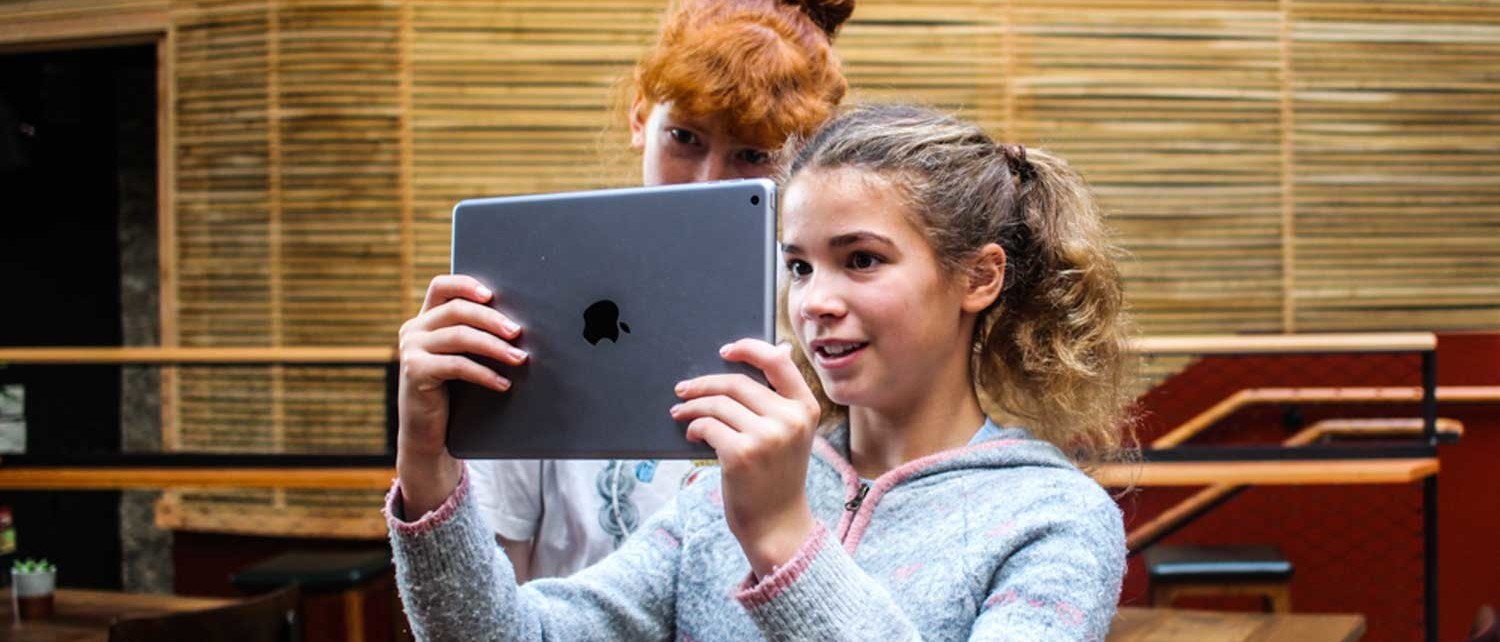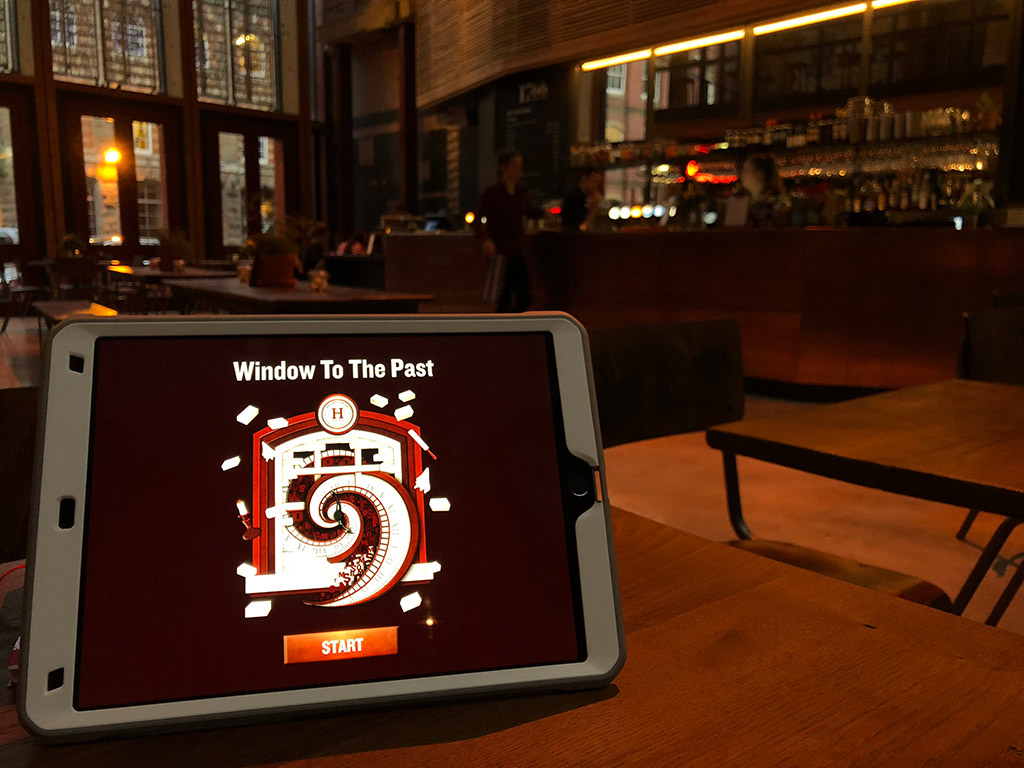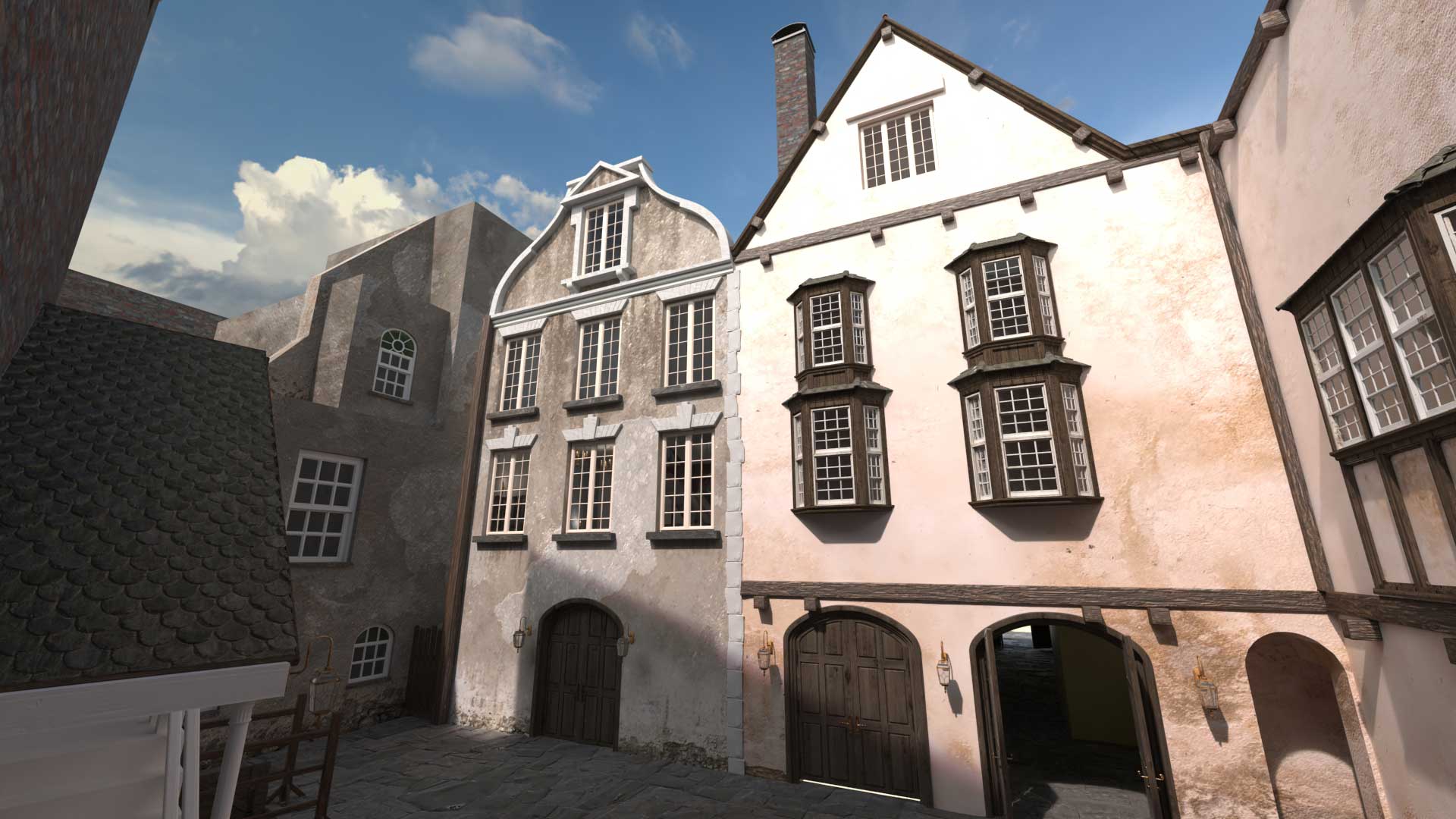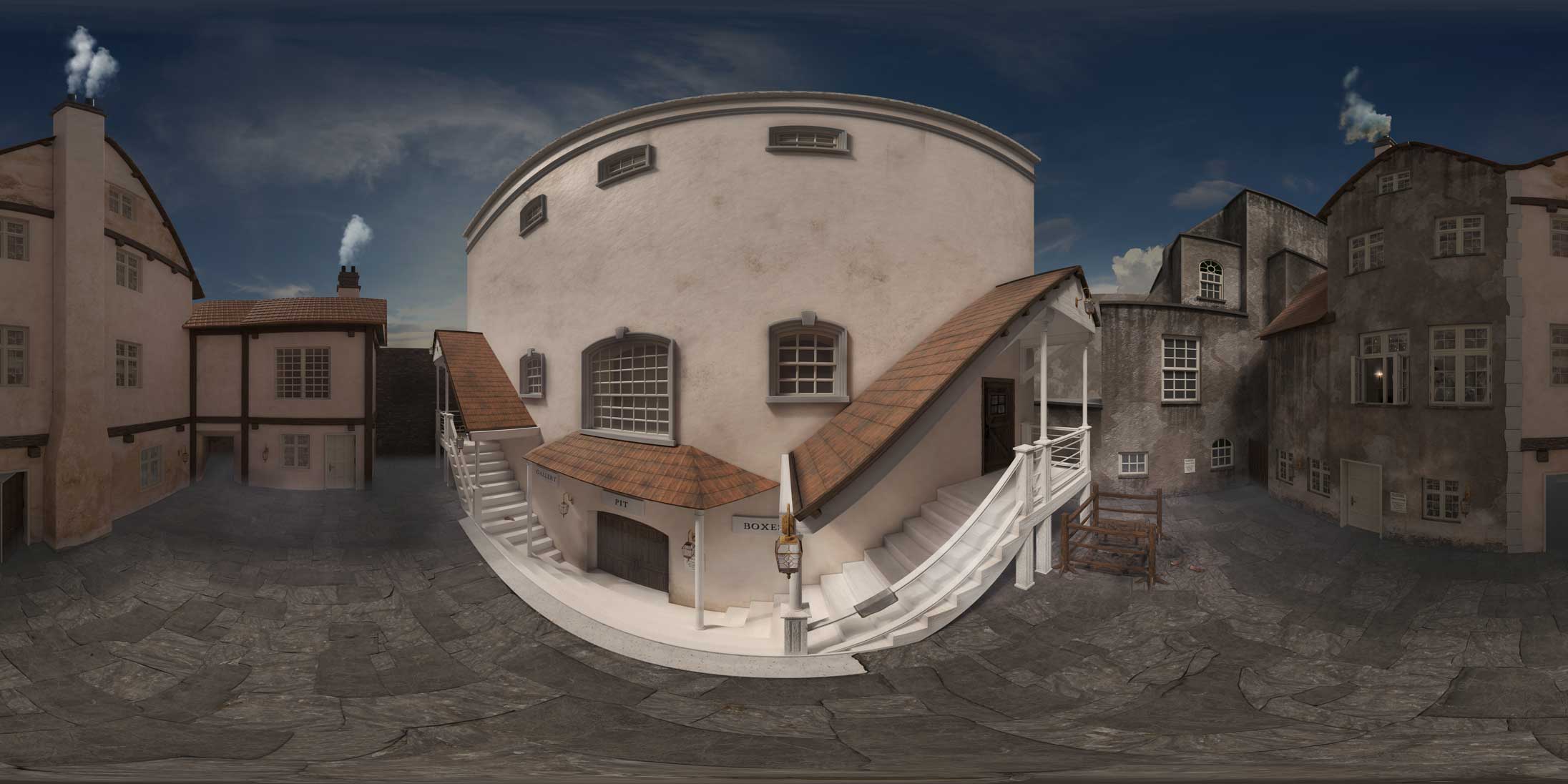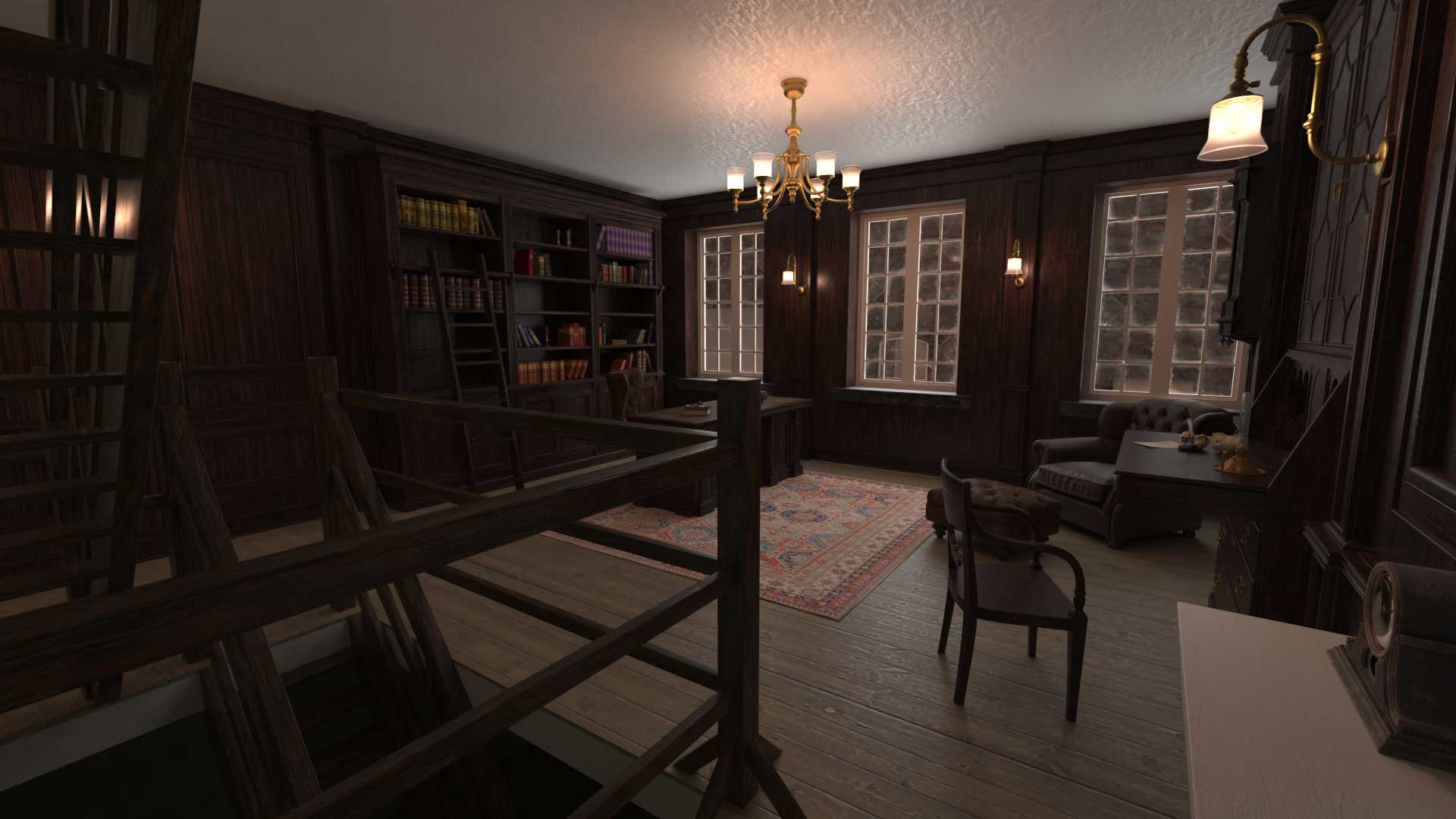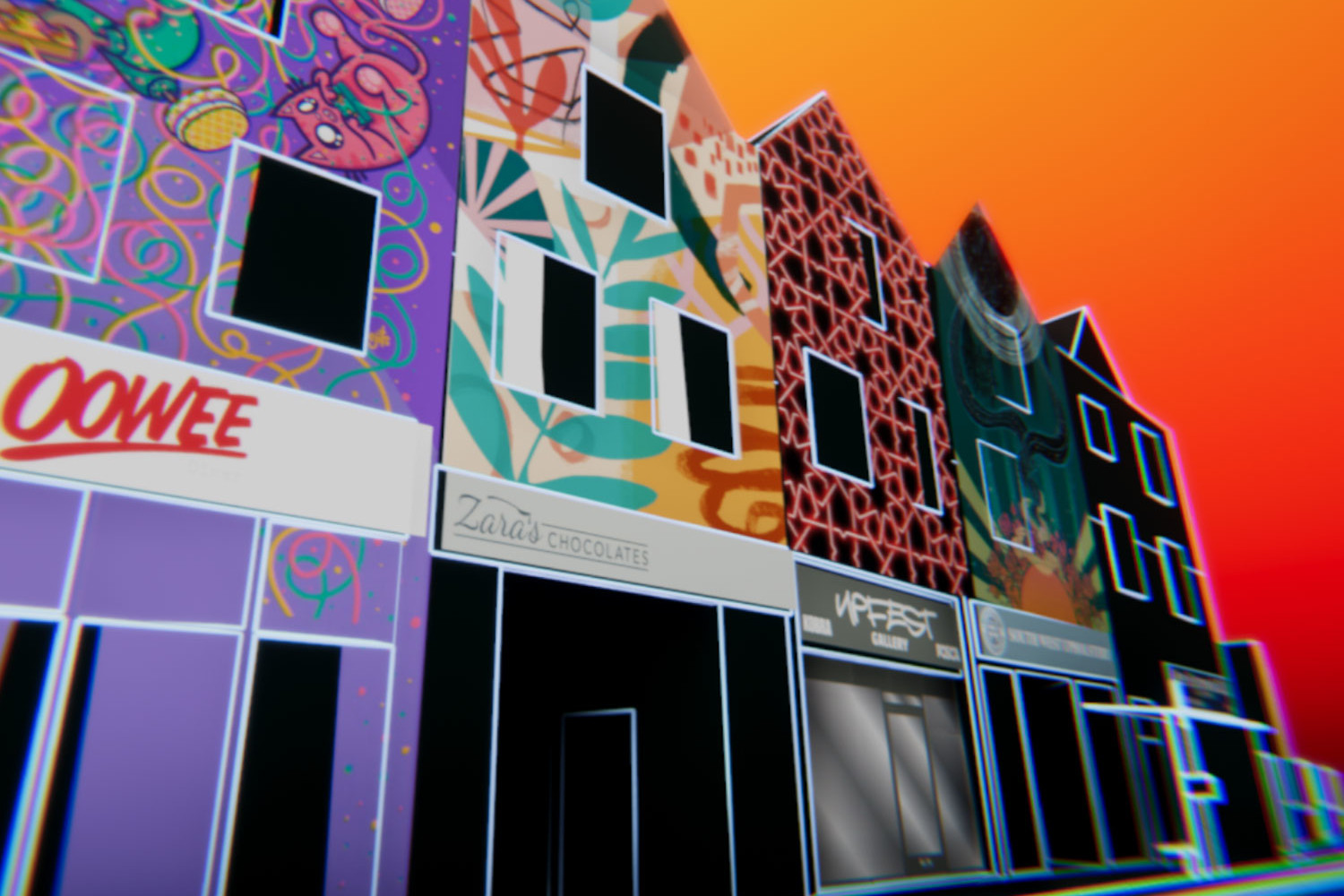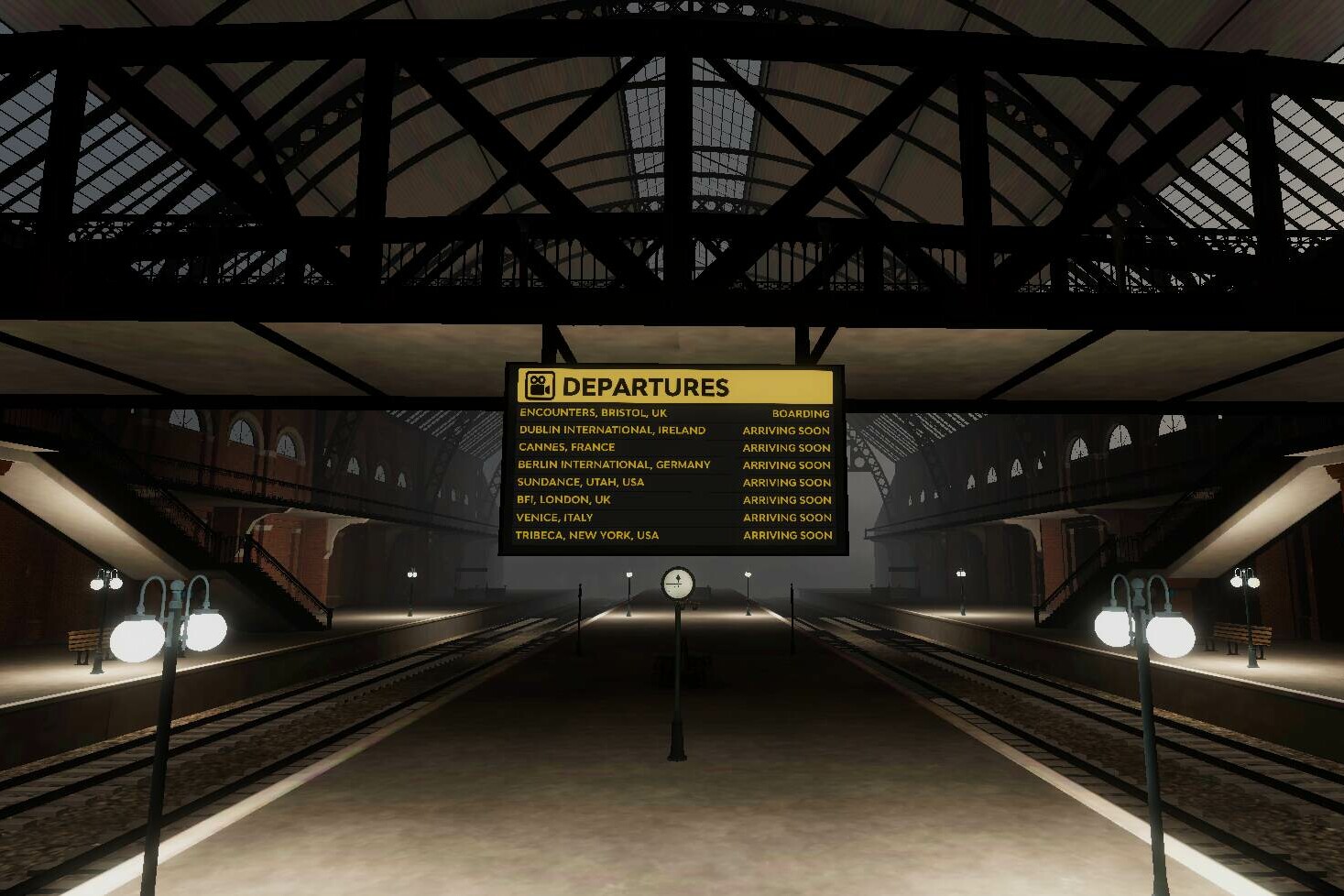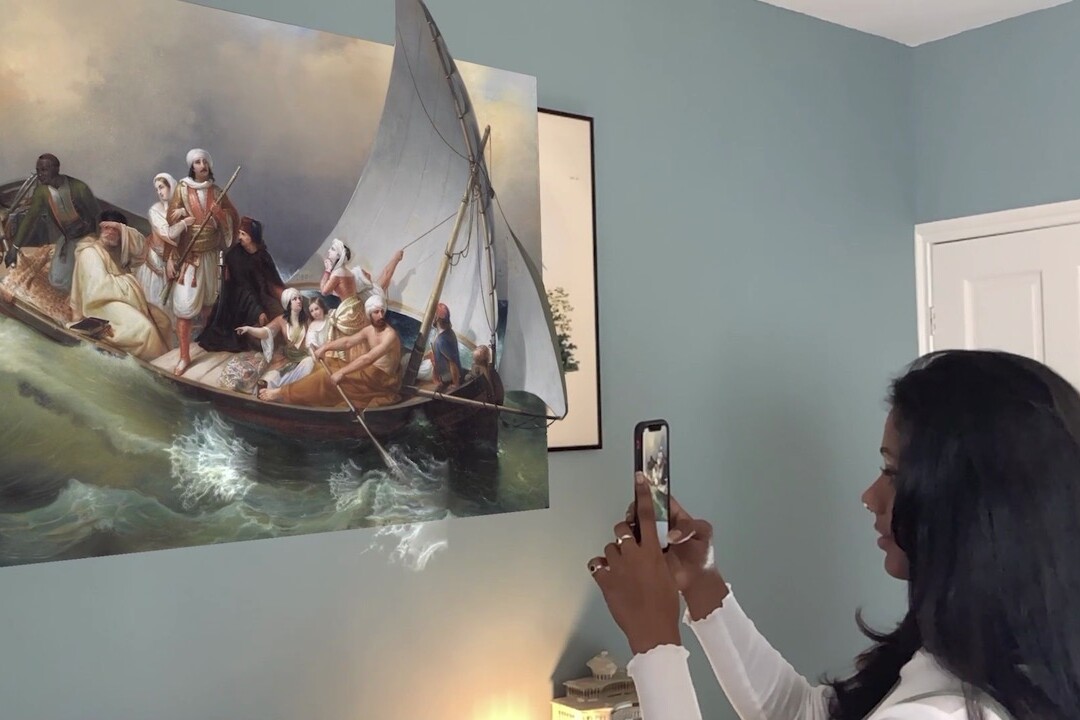We do it to see their faces light up
We do it to see their faces light up
Window to the Past
We created an augmented reality history tour in an app that allows modern audiences to travel back 250 years to explore the different entrances to the theatre, interact with an AR tour guide and learn more about historical theatre shows.
Using an iPad, visitors can discover 38 hidden anecdotes and investigate 12 historically accurate and geographically mapped 3D scenes which show how much the theatre foyer has changed.
Guided by a ghostly narrator, this is hands-on research-based exploratory digital interpretation like never before!
12
Historically accurate AR scenes
250
Years to explore
38
Discoverable assets
1
Ghost!
Partners
This project was funded by the National Lottery Heritage Fund as part of Bristol Old Vic’s ‘Protecting and Sharing the History of Britain’s Oldest Theatre’ project.
Archivists and academics at Bristol Archives and the University of Bristol Theatre Collection advised on the historic environments and provided digitised source material for the augmented reality history tour.
Limbic Cinema scanned and geographically mapped the space to ensure the portals were accurately placed.
Unpeeling layers of theatre history with digital interpretation
To celebrate their 250th birthday in 2016 Bristol Old Vic underwent its most comprehensive renovation since the 1970s.
The new award-winning foyer designed by Haworth Tompkins uncovered layers of the theatre’s architectural history, creating a welcoming space for theatre-goers, bar hoppers and fine diners in front of the original theatre wall. However, longstanding visitors were at risk of feeling disorientated by the new entrance and disconnected from their once-familiar theatre as the spaces they knew and loved were destroyed or transformed beyond recognition.
We needed to find an effective way for these faithful fans to preserve the memories linked to these spaces, and by extension their relationship with the theatre. We love creating digital interpretation for historic sites, and knew we could create an augmented reality history tour to make audiences’ faces light up with recognition once more.
Seeing historic views through AR portals
Curio collaborated with Bristol Old Vic, Limbic Cinema, and theatre archivists at Bristol Archives and the University of Bristol Theatre Collection to create digital interpretation which safeguards the memory of the previous theatre entrance via an augmented reality app: Window to the Past.
Using an iPad as a window frame, visitors can enjoy augmented reality time travel by stepping through glowing animated AR portals which transport them back in time. Their view of the modern foyer fades through a breath-taking transition sequence that peels back layers of history to show a series of historically accurate and geographically mapped 3D scenes, revealing how their current location used to look.
Users control the route of their augmented reality history tour, navigating each location using a time wheel to see how each spot has changed over the last 250 years. By walking away from the portal location, users burst the AR bubble and return to reality.
Following advice from theatre academics and architectural historians we recreated the theatre’s entrances from the last 250 years to show how dramatically the space has changed.
Using the augmented reality history tour app, present day theatre visitors can follow in the footsteps of the theatre’s very first audiences in the 1760s, passing through the ground floor of a house which blocked the theatre from the eyes of passers-by on King Street. They can explore the theatre manager’s office in 1860, examine freshly painted sets drying on the roof in the 1910s, and visit the box office in 1970.
Our Curio writers teamed up with a local playwright to bring deceased theatre historian Kathleen Barker back to life as the augmented reality history tour’s ghostly AR tour guide and narrator. Our Kathleen discloses anecdotes about the theatre, contextualising the immersive views app-users experience in the AR portals and revealing secrets about historical theatre shows.
We added a level of gamification by embedding digital replicas of objects from the theatre’s collections into the 3D scenes for visitors to discover.
This, combined with the need to physically manoeuvre around the foyer on your augmented reality history tour to find each location, means this AR app isn’t a passive experience but a piece of audience-led digital interpretation that encourages visitors to actively explore, reminisce about previous visits, and discover new facts about a familiar place.
Its as if you’re looking at a broken jigsaw… the app fills in the gaps. It paints the picture that allows you to travel in time through this Window to the Past.
Tom Morris, Bristol Old Vic Artistic Director
Its as if you’re looking at a broken jigsaw… the app fills in the gaps. It paints the picture that allows you to travel in time through this Window to the Past.
Tom Morris, Bristol Old Vic Artistic Director
Remembering the past while looking to the future
In experiencing these different architectural configurations throughout the augmented reality history tour, audiences are both reassured of the theatre’s longevity and able to understand how the new foyer geographically maps onto the theatre layout they remember.
Since the augmented reality app’s release in 2018, Bristol Old Vic staff have used this digital interpretation to encourage older patrons to reflect on their own experience of coming to the theatre. They’ve heard first date stories from couples who’ve been attending shows there since the 1960s, helped season regulars reorientate themselves, and listened to reminiscences about the terrible 1970s wallpaper! Many of these memories have been captured by Bristol Old Vic staff as part of their ongoing oral history project.
Yet the digital interpretation has a powerful impact on newcomers to Bristol Old Vic too. Workshop leaders use the augmented reality history tour for education, letting the Bristol Old Vic Young Company explore the AR portals to inspire creative performance work. Through the augmented reality time travel, children initially coming on a school trip or for work experience eagerly engaged with historic architecture for the first time.
Through this digital interpretation, people who’ve never entered the building before can understand the wealth of history the building has by discovering stories of events long before.
As well as the augmented reality history tour app, Curio also created three Instagram filters using the 3D content, meaning visitors can capture their experience of time traveling with a selfie in the historic augmented reality environments and share their thoughts and memories online. There’s even a nod to the influenza pandemic which caused the theatre to close in 1782, which resonates with the recent theatre closures due to COVID-19 and has been a talking point as the theatre welcomed audiences back after a year-long hiatus.
In seeing how the theatre has adapted to change previously, audiences are reassured that Bristol Old Vic is perfectly capable of maintaining its status as the oldest continuously working theatre in the English-speaking world, and that they will always have a place there – even if it looks a little different than the last time they visited.
Find out more about the augmented reality app here or get in touch to find out how we can work together.
We like telling your stories
Step into the spotlight using the bespoke AR filter we made for Bristol Old Vic. Theatres love making a scene, but why not put your visitors centre stage? With AR filters you can dress up, add virtual objects to your surroundings, or transport your visitors back in time. Choose the story you want to share today.
